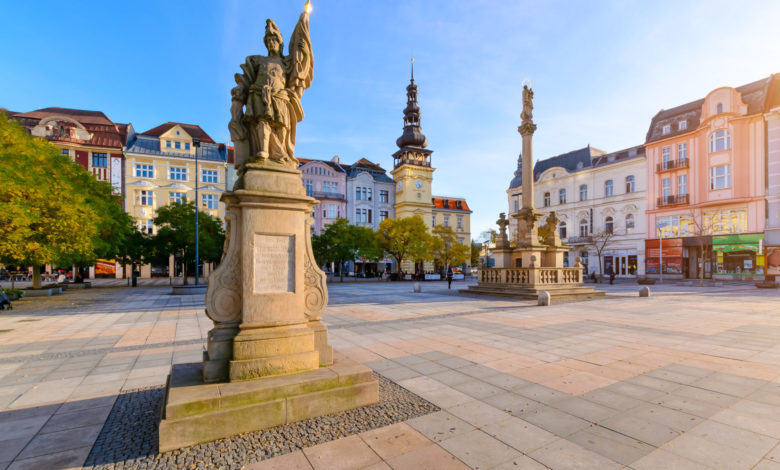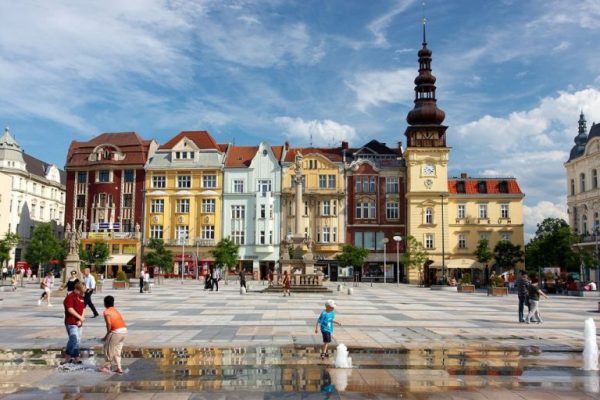Ostrava
The city was founded in 1267 AD on the Kahraman Road, one of the most important trade routes at that time. Until the beginning of the eighteenth century, Ostrava was a small rural village with a population of no more than a thousand people. Ostrava remained so until the discovery of its coal mines, which led to an industrial boom and led to an influx of immigrants in the following centuries.
In addition to the urban and population expansion in the city and the high quality of civil, cultural and scientific life there, the twentieth century witnessed a huge industrial expansion in Ostrava. As an important source of iron used in military industries, Ostrava was subjected to violent bombing waves during World War II, which caused massive destruction to the city.
After the overthrow of the country’s communist rule in 1989, the city was subjected to many waves of change. Stopping work in coal mines, closing steel manufacturing sites, and trying to fully advance the industry were the most important attempts to raise the standard of living in the city during the last decade of the twentieth century.







